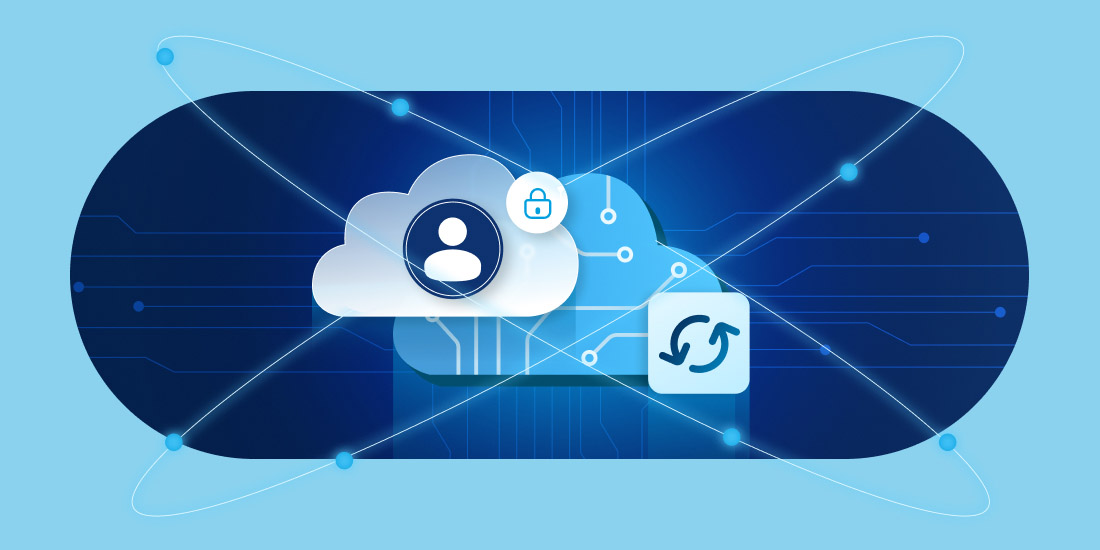Estimated Reading Time: 4 Minutes
Differentiation is an ongoing challenge for most MSPs. In today’s market, too many MSPs are caught in a competitive price war, offering plain vanilla service and support for Windows environments and Microsoft 365 deployments. There are ways to break out of this model by building niche specializations that serve the unique needs of key verticals or customer ecosystems. The difference between best-in-class revenue growth and profits often comes down to picking your battlefields. Where will you play? Which kinds of verticals will you serve? Where will you develop unique expertise? And what solutions will you offer?
Developing a practice area around Google Workspace helps MSPs to serve lucrative niche markets and verticals. In a sea of MSPs focused exclusively on Microsoft 365, adding Google Workspace enables an MSP to attack additional business and revenue opportunities untouched by the competition.
In this blog, we will explore four key customer ecosystems which generally prefer Google Workspace and can help an MSP expand their total addressable market.
1. Tech Startups
Let’s not mince words. Many tech startups and their founders are mavericks. They think differently. They try to zig, while the rest of the market zags. Moreover, many tech startups are designed to upset the status quo. Therefore, they will often adopt cutting edge technology from day one. And many founders simply loathe Microsoft, with its traditional monolithic market power and control.
For all of these reasons, many tech startups adopt Google Workplace instead of the traditional Microsoft 365 suite. Google Workspace is a cloud-first platform. Everything happens in the browser first, making adoption and deployment easier and lower cost, which is ideal for thrifty founders on lean budgets. What’s more, Google Workspace shines in the area of security and control, without a lot expensive third party security add-ons. For instance, in the areas of email security, anti-spam, and phishing defense, Google’s out of the box email security has long been second to none. On the other hand, nearly every company using Microsoft 365 needs to add on third party email security solutions from the likes of Barracuda, Mimecast, Proofpoint, and others.
MSPs can carve out a lucrative business of serving the technology needs of high-tech startups that are standardized on Google Workspace. While ease of adoption and speed to market are primary considerations for startups, high growth companies don’t stay small for long. As organizations pass the 50 person mark, complexity rises quickly as additional compliance, application integration, and security considerations come to the fore. For these high growth organizations, savvy, cloud-first MSPs can serve the unique needs of these high-tech startups and growth companies.
2. Google and the Classroom
In the past decade, Google has roared into a commanding presence in the education market. Long a cozy duopoly between Microsoft Windows and Apple Macs, the education market today is far more competitive and varied. And Google has recently been the big winner. Long before the COVID-19 pandemic, Google was chipping away at Microsoft’s market share position in education. The pandemic only accelerated this trend.
As school districts ramped up for distance learning in the early days of the pandemic, the solution for most was a one-laptop-for-every-child strategy and in almost all cases, Chromebooks were the preferred choice. In 2020, Google Chrome’s market share of new devices grew to a commanding 64% vs. 30 for Microsoft Windows. (ChromebooksGain Share of Education Market Despite Shortages — The Information) During the long, distance learning phase, the winning combination for most schools was Chromebooks, Google Classroom, and the free, entry level versions of Google Workspace for Education.
While nearly every tech company notched up virtue points offering free technology trials during the pandemic, Google means business in winning over the education market and a future generation of knowledge workers. A whole generation of students are growing up with Gmail, Google Calendar, and the rest of the Google Workspace suite and not with the traditional Microsoft stack.
For MSPs the answer should be clear. First, the education market is a solid vertical with lots of managed service, project, and product sales opportunities. And for those thinking ten to twenty years out, today’s middle schoolers will be tomorrow’s office workers, again giving Google a tremendous advantage in the next decade of the platform wars.
3. Google Chrome in Enterprise
There are many fronts in Google’s battle with Microsoft. The enterprise market too is an area where Google continues to build momentum and win over CIOs. The biggest challenge for large enterprises is the cost and complexity of managing thousands of Windows endpoints. While there is a rich software ecosystem built up around remote deployment, management, and security for Windows endpoints, for many organizations a fundamentally different approach is in order. This is where Chrome Enterprise comes in.
For many large organizations, Google Chrome has many advantages. Chrome devices are affordable, secure, and stable. When paired with Google Workspace, nearly all of their employees’ communication, productivity, and collaboration requirements are met. Chrome Enterprise adds vital deployment, remote management and security capabilities that enterprises are accustomed to in large deployments. For organizations making the switch en-masse to Chrome devices, legacy Windows applications are probably the thorniest remaining challenge.
Nevertheless, in a cloud-first world, where SaaS applications are rapidly becoming the universal norm, Chrome, Chrome Enterprise, and Google Workspace are a compelling combination. MSPs can build unique experience and capabilities to serve the needs of large enterprises clients with specialized consulting, integration, and managed services.
4. Mixed Workplaces and Google Workspace
The last opportunity is perhaps obvious and the most common. In environments where there is a diversity of Windows and Apple Mac machines, company leadership will often deploy Google Workspace because it is a cloud-first platform and fully browser-based, making it an ideal choice in a hybrid Windows and Mac environment. While Microsoft has made great strides in the past five years with the web-based versions of its traditional productivity apps, Google still has the commanding mindshare for businesses looking for an OS agnostic and browser-centric productivity suite.
MSPs which also specialize in supporting Macs should pair this expertise with knowledge and services around Google Workspace. It is a winning combination.






